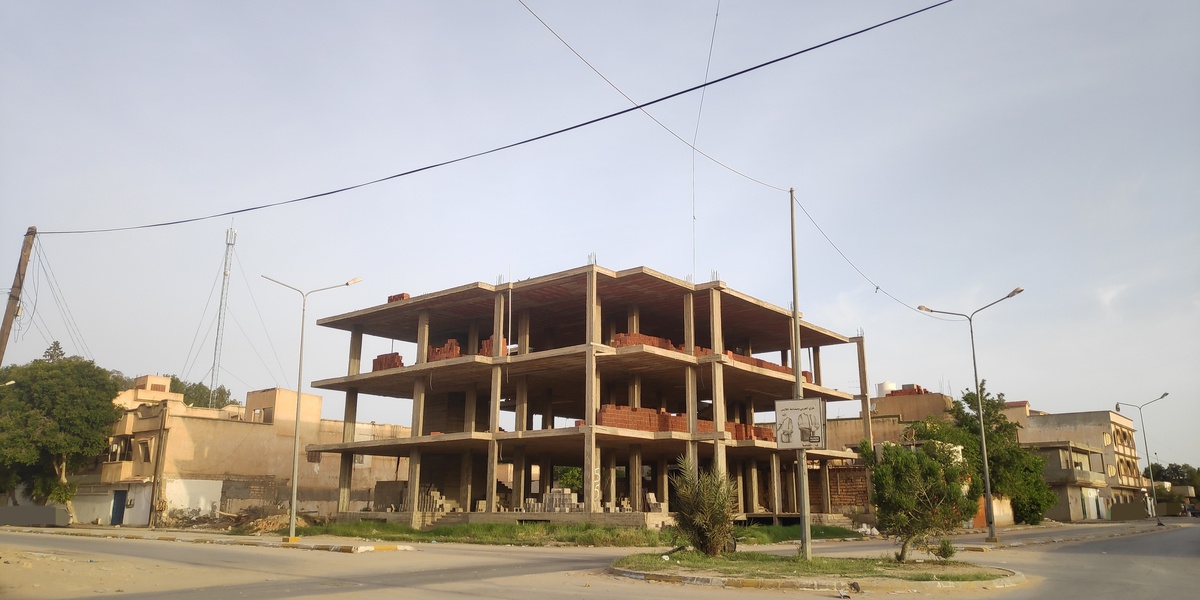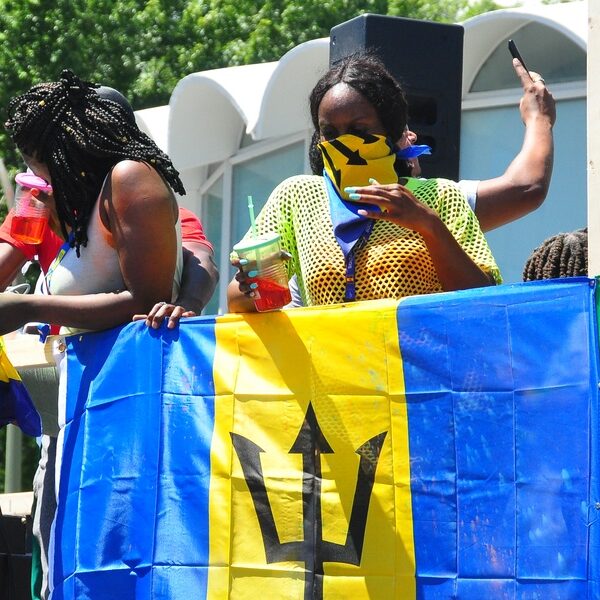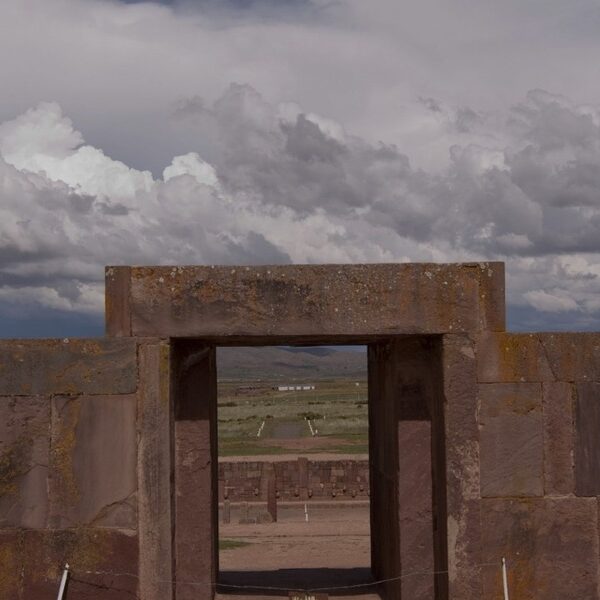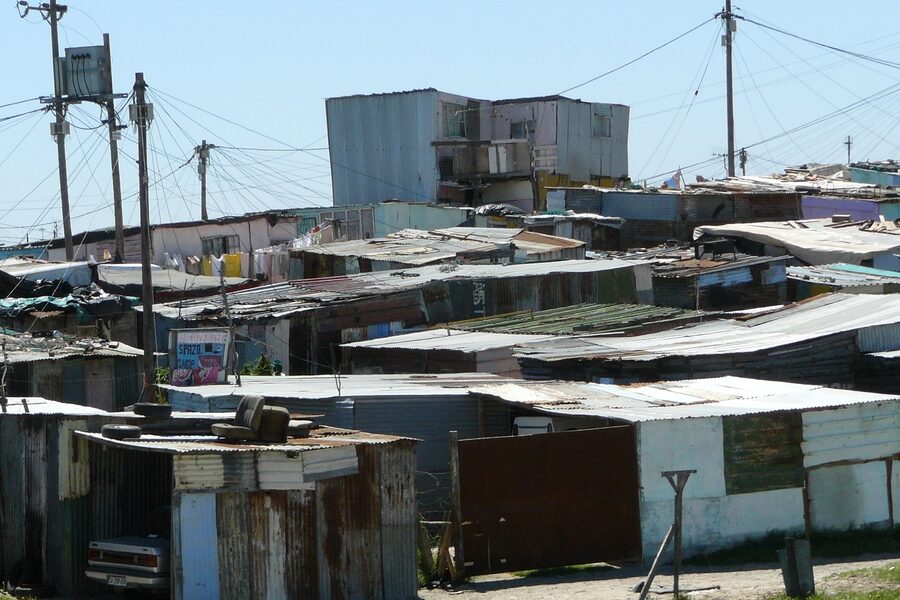Libya’s urban landscape mixes coastal wealth with inland hardship, and the economic gaps are often stark from city to city. Historical disruptions, uneven public services and regional isolation have left several municipalities with entrenched poverty that affects families’ daily lives and local opportunities.
There are 8 Poorest Cities in Libya, ranging from Bani Walid to Ubari. For each city you’ll find below Country,Poverty rate (%),Population (persons) so you can quickly compare scale and severity across locations — you’ll find below the full list and data.
How is poverty measured for these cities?
Poverty rates here are typically based on household income or consumption relative to a national poverty line, supplemented by surveys and census data where available; local context (access to services, unemployment) is also considered, but data gaps and differing methodologies mean figures should be read as estimates rather than exact counts.
How should policymakers and aid groups use this list?
Use the list to prioritize resources, target social programs and plan infrastructure investments, while combining it with local assessments and up-to-date surveys to ensure interventions address root causes and reflect current conditions.
Poorest Cities in Libya
| City | Country | Poverty rate (%) | Population (persons) |
|---|---|---|---|
| Sabha | Libya | 55.00% | 96,000 |
| Murzuq | Libya | 65.00% | 12,000 |
| Ghat | Libya | 60.00% | 21,000 |
| Ubari | Libya | 62.00% | 30,000 |
| Kufra | Libya | 60.00% | 55,000 |
| Derna | Libya | 50.00% | 90,000 |
| Sirte | Libya | 48.00% | 75,000 |
| Bani Walid | Libya | 50.00% | 66,000 |
Images and Descriptions

Sabha
Major Fezzan hub, deeply affected by chronic unemployment, weak services and migration. High poverty and food insecurity, limited state presence, and irregular livelihoods make Sabha one of Libya’s poorest urban centres, with large informal settlements and pressing humanitarian needs.
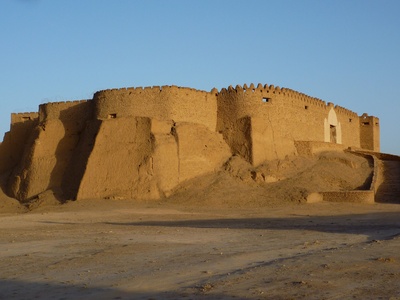
Murzuq
Remote Saharan town with long-term marginalization, sparse services, and high unemployment. Economic isolation, recurring conflict and displacement have driven extreme poverty; residents rely on subsistence pastoralism and humanitarian assistance, placing Murzuq among Libya’s highest-need cities.

Ghat
Oases city on Libya’s southern edge; Ghat faces chronic underdevelopment, limited healthcare and education, and seasonal food insecurity. Border isolation and smuggling-linked instability have eroded livelihoods, leaving many families dependent on aid and informal incomes.
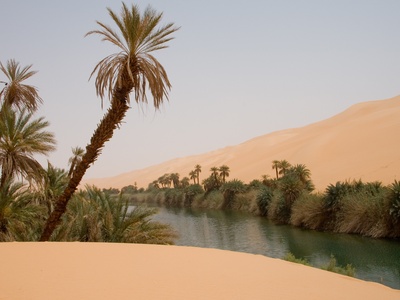
Ubari
Oasis town in the Ubari Sand Sea, suffering from conflict damage, high unemployment and weak public services. Displacement, damaged infrastructure and limited markets create persistent poverty and humanitarian needs concentrated among Tuareg and Tebu communities.
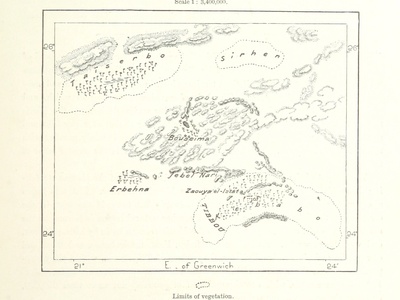
Kufra
Kufra is an isolated desert district with limited access to markets, water and healthcare. Longstanding marginalization, unemployment and periodic displacement drive high poverty rates; humanitarian agencies regularly flag Kufra for food insecurity and protection concerns.
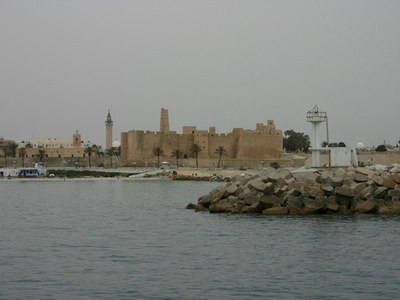
Derna
Coastal city devastated by catastrophic 2023 floods; large-scale destruction, mass displacement and lost livelihoods have pushed many households into acute poverty. Rebuilding remains slow, so Derna continues to register high humanitarian needs and poverty.
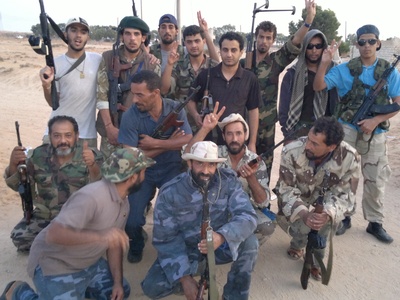
Sirte
Strategic central coastal city heavily affected by conflict and economic disruption. Recurrent fighting, damaged infrastructure and limited job opportunities have increased poverty and service gaps, leaving many residents reliant on intermittent aid and informal work.
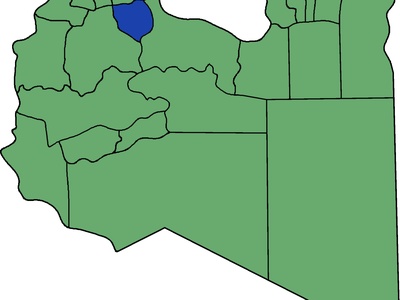
Bani Walid
Formerly marginalized town south of Misrata with high unemployment, weak services and infrastructure damage from past conflict. Limited investment and social tensions contribute to persistent poverty and food insecurity among households here.

